Southern Taurid meteor shower peaks tonight alongside November's full moon—when and where to watch
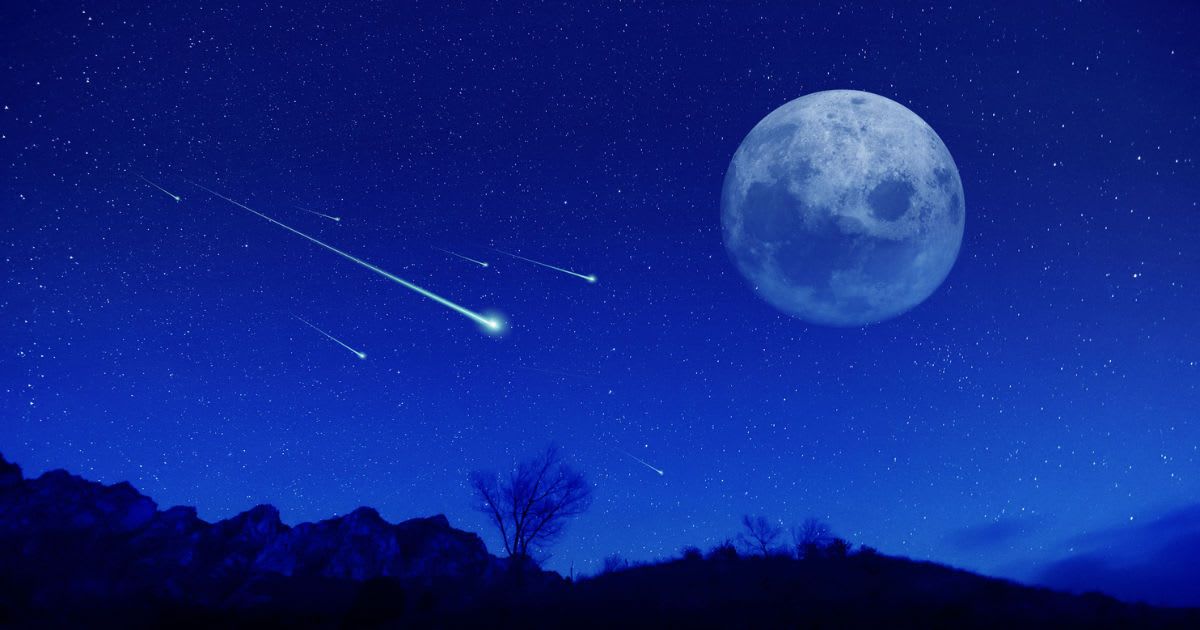
The Southern Taurid meteor shower is set to reach its annual zenith tonight, November 4, into the early hours of November 5, 2025. This year's peak is marked by heightened anticipation due to a potential "swarm year," which suggests an uptick in visibility for bright fireballs.
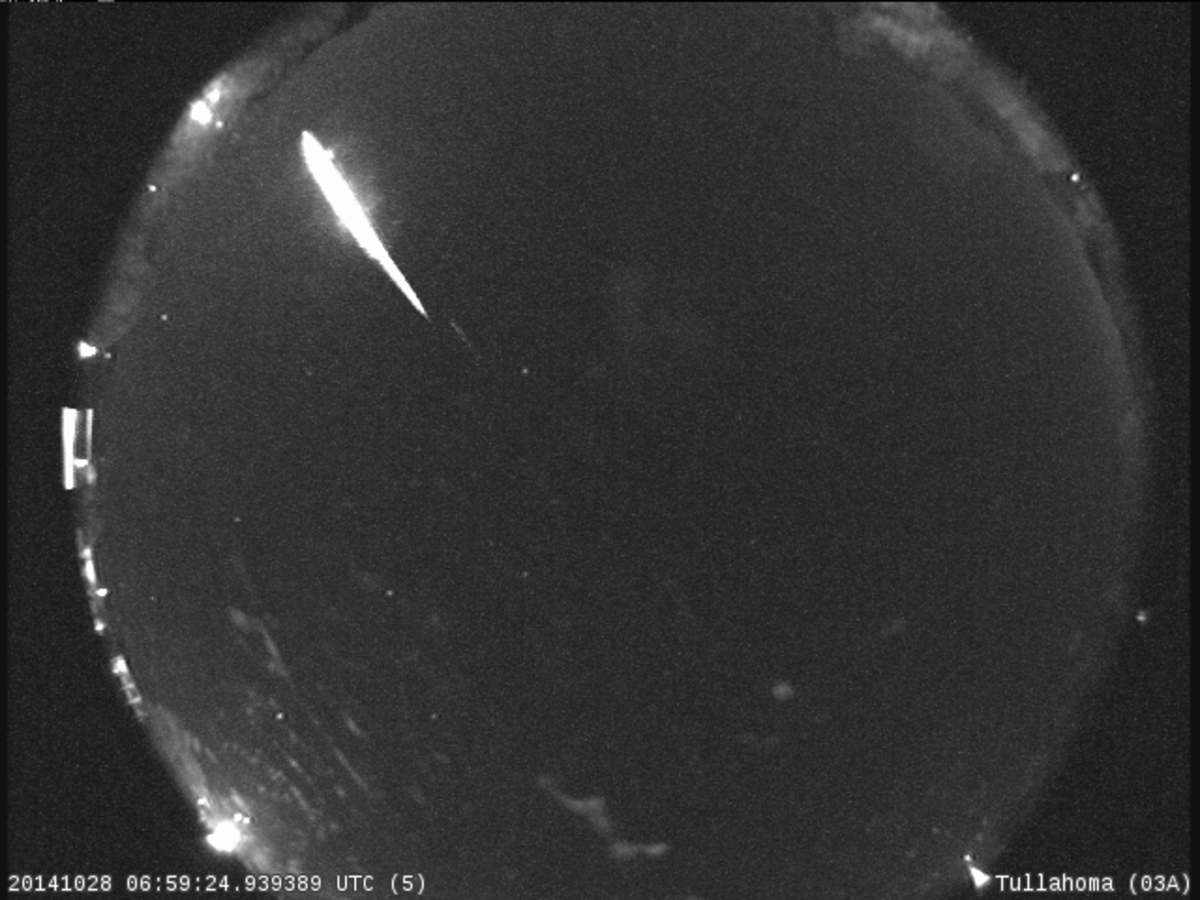
However, observers face a significant hurdle: the peak coincides precisely with the arrival of the November Full Moon, widely known as the Beaver Moon and the closest and largest Full Moon of 2025. The Full Moon reaches maximum illumination at 8:19 a.m. EST on Wednesday, November 5. For optimal meteor viewing, sky-gazers should focus on the nights of Tuesday, November 4, and Wednesday, November 5.
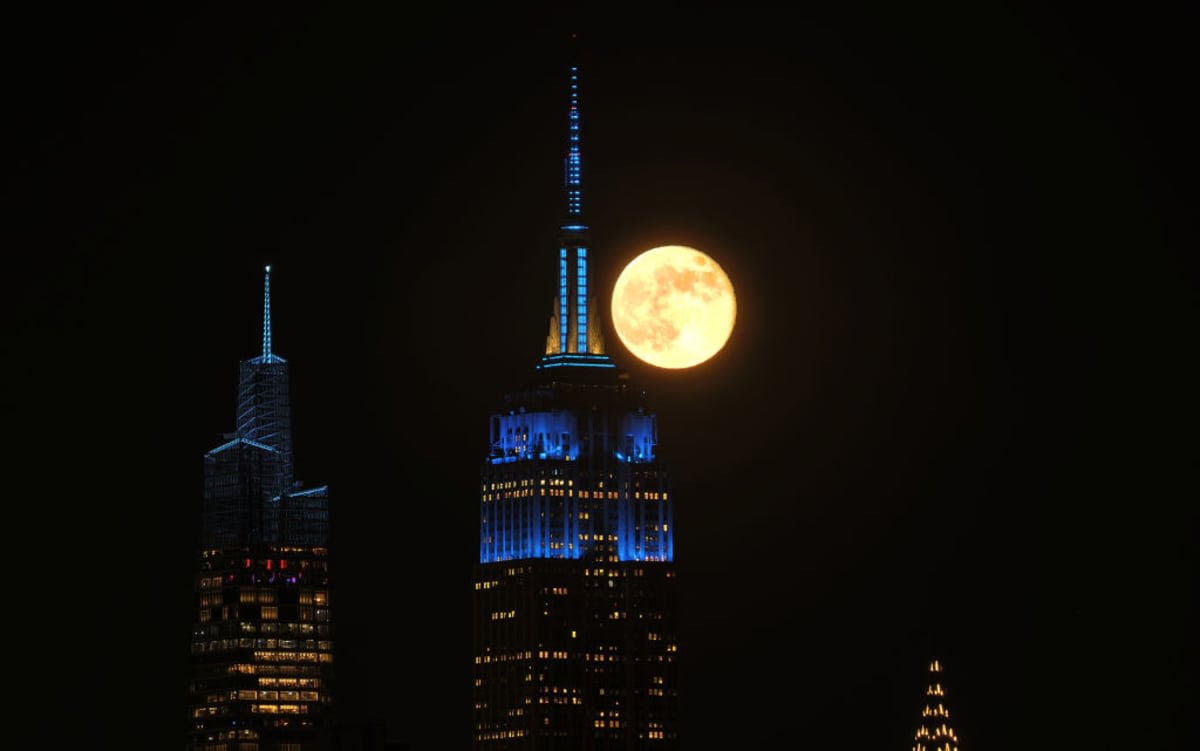
The intense natural light pollution from the Supermoon, which will be approximately 221,817 miles (356,980 kilometers) from Earth, is expected to wash out fainter meteors. Despite this, the Southern Taurids, debris from Comet 2P/Encke, are famous for their slow speed (about 17 miles per second) and for producing exceptionally bright, slow-moving fireballs. Experts advise viewers to watch the Moon as it rises near sunset, when the "Moon Illusion" makes it appear largest and often casts an amber hue, even though its actual size and brightness increase by only about 7%.
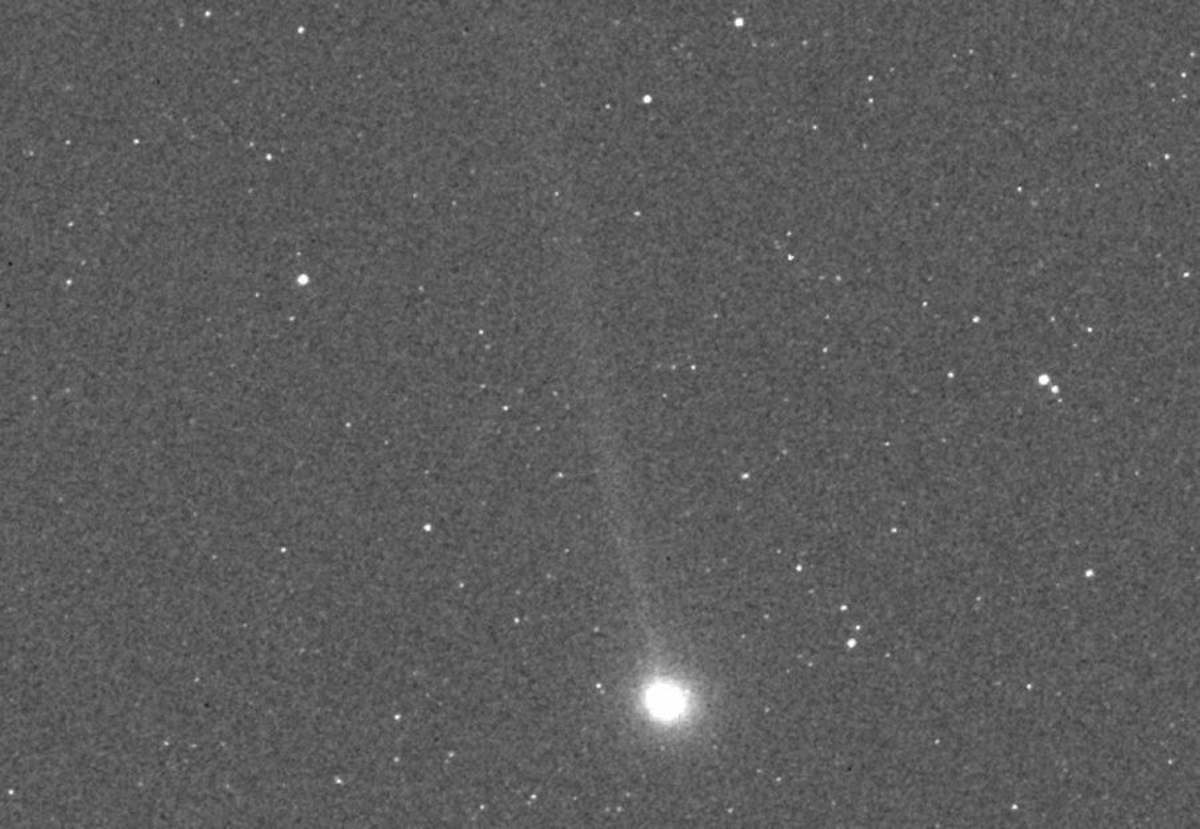
To maximize the chances of catching the brightest streaks under these challenging conditions, observers are strongly advised to seek out skies far removed from artificial light pollution to guarantee an unobstructed, dark horizon. Furthermore, viewers should rely solely on their naked eye, resisting the urge to use binoculars or telescopes, as this offers the widest possible field of view across the sky. According to Space.com, it is crucial to allow at least 30 minutes for full dark adaptation, during which time observers must deliberately avoid staring directly at the bright Moon. Finally, for the best chance to see the longest trails, gaze approximately 40 degrees above the constellation Taurus.
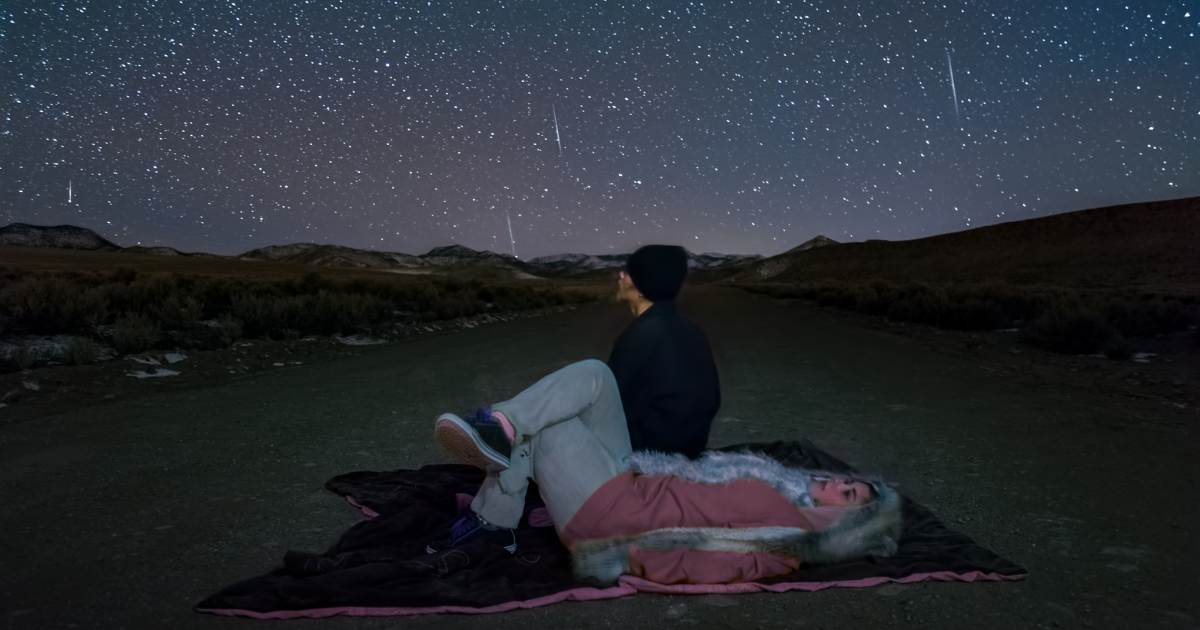
While the Earth is passing through the outer edge of the debris stream, potentially yielding a less spectacular show than the 2022 event, according to the American Meteor Society's Robert Lunsford, recent elevated fireball activity in October suggests the shower might still exceed expectations. Lunsford noted the unfortunate timing: "Too bad a full moon occurs during the prime portion of this display."
The Southern Taurids are one of several showers active during the final months of the year, following earlier 2025 displays like the Lyrids, Eta Aquariids, and the fainter Alpha Capricornids and Southern Delta Aquariids, per USA Today. Looking ahead, stargazers have several more opportunities, though the Northern Taurids and Leonids will soon follow the current peak. The Orionids already peaked in late October when the Moon was nearly new (2% full), but the brightest remaining opportunities with minimal lunar interference will be the Leonids and the year-ending Ursids, both of which occur with less than 10% of Moonshine. The Geminids remain a major highlight in mid-December, offering better conditions than the surrounding Taurid period.
More on Starlust
November 2025 skywatching guide: This year's biggest supermoon, Leonids fireballs and more
Beaver Moon 2025: When and how to see the November Supermoon
The famous Leonid meteor shower will peak on November 17—here's how to watch them









